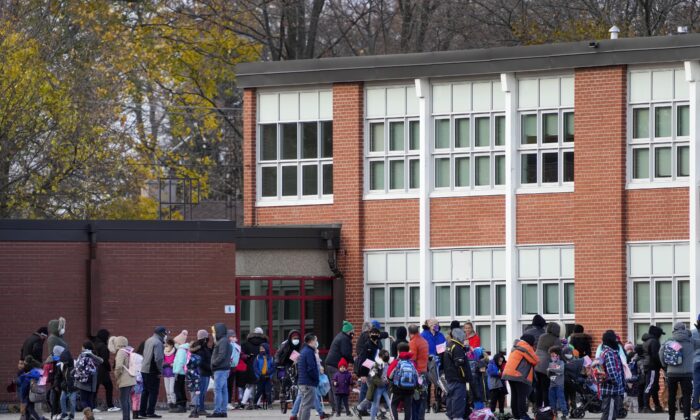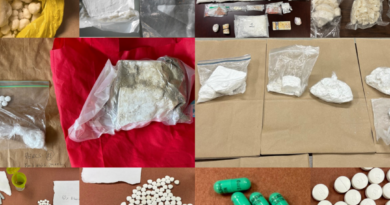Commentary
Imagine you are about to undergo major heart surgery. Just before the operation, you decide to look into your surgeon’s background and are pleased to find out that they had a perfect score throughout medical school. However, your confidence takes a hit when you learn that every student at the same school also received perfect grades. This scenario highlights the issue of “grade inflation,” where everyone’s achievements, even those of exceptional students, come into question. Fortunately, grade inflation is currently uncommon in medical schools, but it is becoming a growing problem in high schools.
In Ontario high schools, grade inflation is so rampant that the University of Waterloo’s undergraduate engineering program adjusts student applications based on school averages. For instance, they might consider a 95 percent average from one school equivalent to an 85 percent average from another school.
The problem of grade inflation extends to other provinces as well. The average entrance grade at the University of British Columbia has increased to 87 percent from 70 percent 20 years ago. This rise is partly due to the limited availability of university spots not keeping pace with demand, but it is also likely that some schools in British Columbia are inflating student grades.
Unfortunately, grade inflation is so widespread that some school administrators openly embrace it. For instance, students at St. Maximilian Kolbe Catholic High School in Aurora, Ont., all received perfect marks on their midterm exams in certain courses due to a shortage of teachers, not because the students had mastered the subjects.
This situation where a school board resorts to grade inflation due to teacher shortages reflects the poor academic standards in many Canadian schools.
Academic performance among students is on the decline. Results from the Programme for International Assessment (PISA) show that math scores in Canada have dropped from 532 points in 2003 to 497 points in 2022. This means Canadian students are almost two years behind in math compared to two decades ago, despite their high school grades increasing.
Grade inflation exacerbates the problem rather than solving it. Students with inflated grades develop a false sense of their academic abilities and face a harsh reality when they enter post-secondary education unprepared. Studies show that students with the highest high school averages often experience the largest drop in grades in university. Consequently, many end up dropping out.
Even students who excel academically are affected by grade inflation, as their legitimate achievements are overshadowed by inflated grades of other students. To give grades true meaning, we must put an end to grade inflation. Giving students grades they haven’t earned does them a disservice.
Just as our trust in a surgeon would diminish if we discovered all students from their school had perfect scores, we should also question the value of diplomas from schools plagued by grade inflation.
Michael Zwaagstra is a public high school teacher and a senior fellow with the Fraser Institute.
Views expressed in this article are opinions of the author and do not necessarily reflect the views of The Epoch Times.





